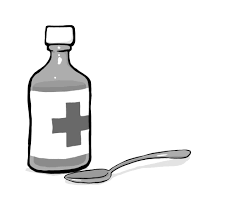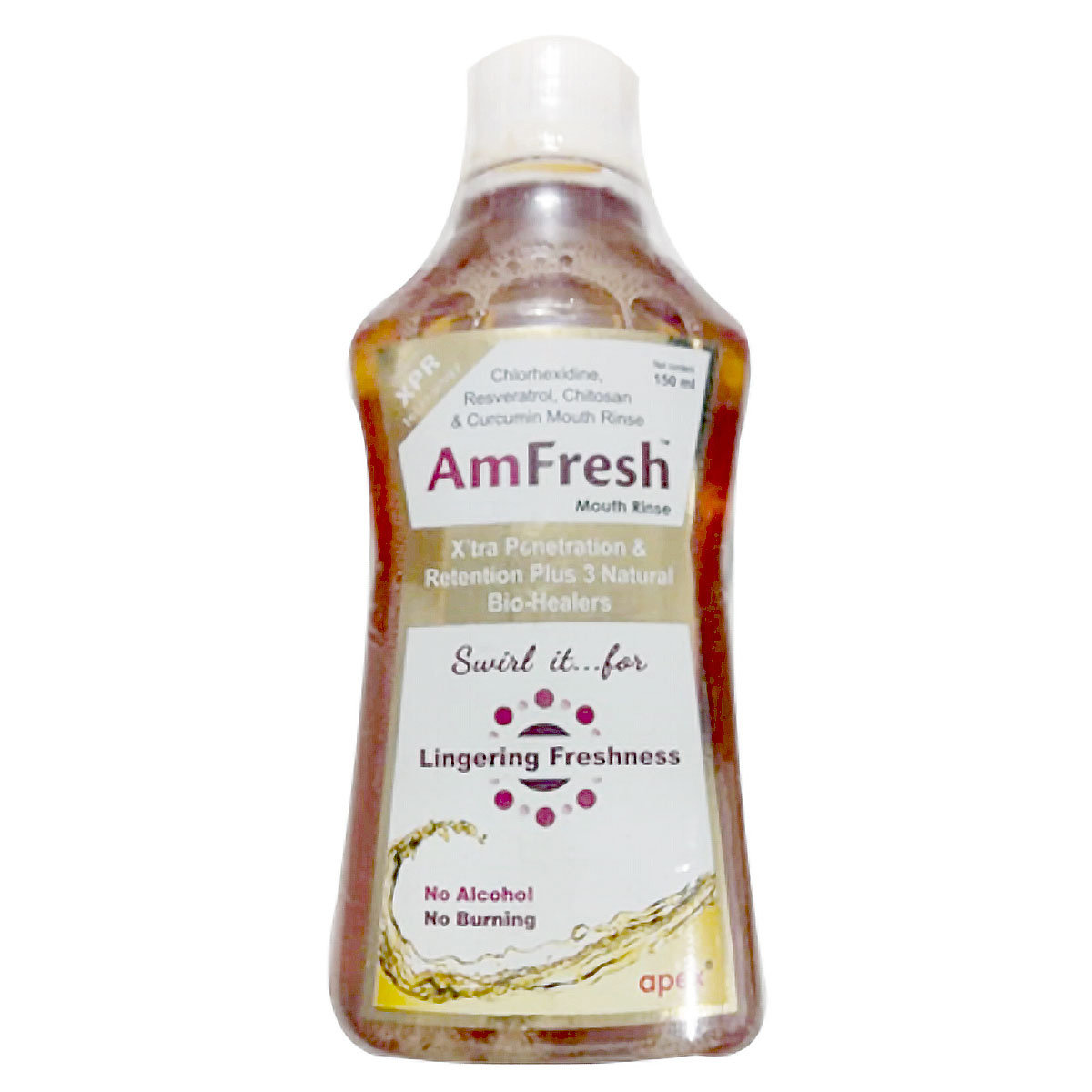Chlorhexidine Gluconate
About Chlorhexidine Gluconate
Chlorhexidine Gluconate is used to treat various oral conditions, including mouth infections, ulcers, and gum inflammation (gingivitis). Mouth infections are usually caused by an overgrowth of bacteria in the mouth. Gingivitis occurs when bacteria build up along the gum line, leading to inflammation.
Chlorhexidine Gluconate contains chlorhexidine gluconate, which works by binding to bacterial cell walls and disrupting their cell membranes, effectively killing bacteria in the mouth.
In some cases, Chlorhexidine Gluconate may cause common side effects, such as irritation, an unusual or unpleasant taste in your mouth, dry mouth, and tooth staining. Most of these side effects do not require medical attention. However, seek medical attention if these side effects are persistent.
Please do not take Chlorhexidine Gluconate if you are allergic to any of its ingredients. Before using Chlorhexidine Gluconate, inform your doctor if you are pregnant, or breastfeeding. To maintain good oral hygiene, try to brush your teeth at least twice a day to prevent oral infections and their spread.
Uses of Chlorhexidine Gluconate
• Treatment of Mouth Infections: Chlorhexidine Gluconate helps reduce bacterial overgrowth in the mouth, alleviating symptoms such as swelling, pain, and bad breath.
• Treatment of Gingivitis (Gum Inflammation): Chlorhexidine Gluconate is effective in treating gum redness, swelling, and bleeding caused by bacterial buildup.
• Treatment of Dental Plaque (Tooth Plaque): Chlorhexidine Gluconate helps control plaque formation on teeth, preventing tartar buildup and supporting oral hygiene.
Medicinal Benefits
- Chlorhexidine Gluconate is used to treat infections in the mouth, including gingivitis (gum inflammation), dental plaque, denture stomatitis and thrush.
- Chlorhexidine Gluconate works by binding to bacterial cell walls and disrupting their cell membranes, effectively killing bacteria in the mouth.
- This action helps reduce plaque, tartar, and bacteria that lead to gum disease. As a result, it promotes overall dental and oral hygiene.
Directions for Use
- Follow the instructions on the label or your doctor's advice for proper use.
- Swish the recommended amount of Chlorhexidine Gluconate in your mouth for 30 seconds, twice daily, after brushing and flossing. Follow the container or doctor's instructions for the correct dosage.
- Avoid swallowing, rinsing with water, eating, or drinking for at least 30 minutes after use.
Storage
Side Effects of Chlorhexidine Gluconate
- Irritation
- Unusual or unpleasant taste
- Dry mouth
- Staining of teeth
Drug Warnings
- Do not use Chlorhexidine Gluconate, if you are allergic to any of its constituents.
- If you are pregnant or breastfeeding, notify your doctor.
- Do not give a child Chlorhexidine Gluconate unless suggested by a doctor.
- After using Chlorhexidine Gluconate, refrain from drinking tea, coffee, or smoking for at least one hour.
- Chlorhexidine Gluconate may cause staining of teeth; therefore, brush and floss daily.
- Avoid contact of Chlorhexidine Gluconate with the eyes and nose. If contact occurs, rinse the affected area with water.
Drug Interactions
Drug-Drug interactions: No interactions found/established.
Drug-Food Interactions: No interactions found/established.
Drug-Disease Interactions: No interactions found/established.
Drug-Drug Interactions Checker List:
Safety Advice

Alcohol
consult your doctorNo interaction was found/established. However, it is advisable not to take or limit alcohol as a precautionary measure.

Pregnancy
consult your doctorNo harmful effects in human pregnancy have been reported. However, Chlorhexidine Gluconate should be used only when a healthcare professional has assessed the benefit to the mother.

Breast Feeding
consult your doctorChlorhexidine Gluconate is probably safe to use during breastfeeding. However, consult your doctor if you have any concerns regarding its use.

Driving
not applicableChlorhexidine Gluconate does not impact your ability to drive or operate machinery.

Liver
consult your doctorPlease consult your doctor if you have any concerns regarding the usage of Chlorhexidine Gluconate in patients with liver impairment.

Kidney
consult your doctorPlease consult your doctor if you have any concerns regarding the usage of Chlorhexidine Gluconate in patients with kidney impairment.

Children
consult your doctorChlorhexidine Gluconate should be given to children only if a healthcare professional recommends.
Habit Forming
Diet & Lifestyle Advise
- Regular dental exams can help prevent the development of illnesses.
- Avoid alcohol and tobacco intake as they can delay healing.
- Visit the dentist regularly for check-ups to detect gum issues early.
- Maintain adequate dental hygiene to prevent the transmission of infection.
- Mild forms of gum disease are often treatable with basic dental hygiene.
- Staining may be minimised by avoiding tea, coffee, and red wine, and by brushing every day.
Special Advise
- Avoid consuming beverages for at least 1 hour after using Chlorhexidine Gluconate.
- Children under the age of 12 should not use Chlorhexidine Gluconate unless instructed to do so by a dentist or doctor.
Patients Concern
Disease/Condition Glossary
Mouth infections: Mouth infections occur due to the overgrowth of bacteria in the mouth. Symptoms include swollen gums, bad breath, tooth sensitivity, and changes in taste.
Gingivitis: It is a periodontal or gum disease with swollen and bleeding gums caused by bacterial biofilms (also called plaque) that are attached to tooth surfaces. If left untreated, it can lead to periodontitis and, eventually, loss of teeth. Its signs and symptoms include bleeding from the gums, swollen gums, a loose tooth, and sometimes a foul odour in the mouth. Fusobacterium, Lachnospiraceae, Lautropia, Prevotella oulorum, and Rothia dentocariosa are some harmful bacteria that cause dental and gum problems.
Denture stomatitis: Denture stomatitis (also known as oral stomatitis) is a fungus (yeast) infection caused by Candida. It's very normal to have some candida in your mouth. However, candida can overgrow and cause a fungal illness when there is an imbalance. Stomatitis caused by Candida is also commonly called thrush.
FAQs
Chlorhexidine Gluconate belongs to the class of medication called‚ oral antiseptic and disinfectant agents used to treat mouth infections, mouth ulcers and gum disease/inflammation (gingivitis).
Chlorhexidine Gluconate‚ works by destroying the bacteria that cause gum disease, tartar, and other illnesses in the mouth. As a result, it helps maintain proper dental and oral hygiene.
Gum disease is caused by plaque buildup on the teeth. Plaque is a bacterial-infested sticky substance. Some bacteria in plaque are harmless, but others are hazardous to your gums and health. Plaque builds up on your teeth and hurts your gums if you do not brush them. This might result in redness, bleeding, oedema, and pain.
After using Chlorhexidine Gluconate, avoid eating, drinking, or brushing your teeth for 30- 60 minutes.
Yes, Chlorhexidine Gluconate may cause tooth staining if taken for a prolonged period. However, the staining may not be permanent and might disappear after discontinuation of Chlorhexidine Gluconate. To prevent staining, brush and floss your teeth daily.
Chlorhexidine Gluconate is generally considered safe for use during pregnancy and breastfeeding, but it's best to consult your doctor first. Always follow the instructions and avoid swallowing the mouthwash. Your doctor can confirm if it's right for you.
In some cases, Chlorhexidine Gluconate may cause common side effects, such as irritation, an unusual or unpleasant taste in your mouth, dry mouth, and tooth staining. These side effects do not require medical attention and will fade with time. However, you should seek medical attention if these side effects are persistent.
Use Chlorhexidine Gluconate for 2-4 weeks only or as instructed by the healthcare professional based on a medical condition.
Yes, bad breath (Halitosis) can be reduced using Chlorhexidine Gluconate. Chlorhexidine is effective in reducing bad breath (halitosis) because it is both bactericidal and bacteriostatic against various types of bacteria.
For best results, use Chlorhexidine Gluconate after brushing and flossing your teeth. Take the advised amount of the liquid into the mouth, swish for a minute, and spit out. Do not swallow.
Do not rinse your mouth with water immediately after using Chlorhexidine Gluconate, as this will increase the bitterness. Rinsing may also decrease the effect of the Chlorhexidine Gluconate.
No, most manufacturers and dentists recommend spitting out the rinse after use rather than swallowing it.
Although you are meant to swish and spit mouthwash, consuming a mouthful is not harmful. If you consume a high amount, you may get alcohol and/or fluoride toxicity. In such instances, go to the nearest hospital immediately.
Read labels carefully and follow the recommended use instructions, ensuring you do not exceed the suggested amount or frequency.
Don't eat or drink for at least 30 minutes after using Chlorhexidine Gluconate. This allows the active compounds time to activate without being rinsed away.
Make sure to swish the mouthwash between your teeth and across your tongue. After swishing, thoroughly expel the mouthwash from your mouth and do not rinse with water. This allows the active substances to remain on your teeth for a longer period.






